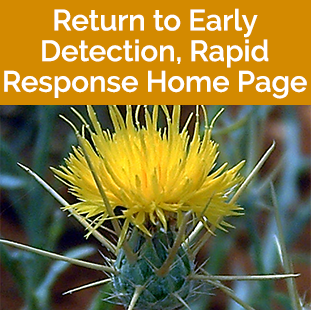Yellow Starthistle
(1A, not present in Montana)
(Centaurea solstitialis)
Quick ID
- Similar looking flower to other knapweeds, but bright yellow, and with sharp, spiny bracts
- Hairy leaves, giving the plant a grayish green color
- Upper leaf bases extend down the stem to produce a fin or winglike appearance

Map Courtesy of Montana Natural Heritage Program, Yellow Starthistle - Low Suitability: 12% of Montana, Moderate: 9%, Optimal:4%. All observation points were eradicated and the plant is currently not found in Montana. Larger image.

Video Information
Weed Images
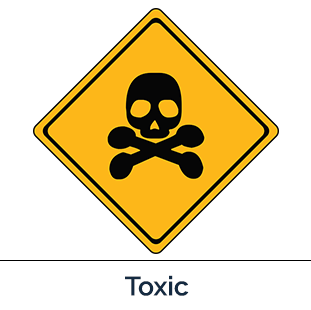
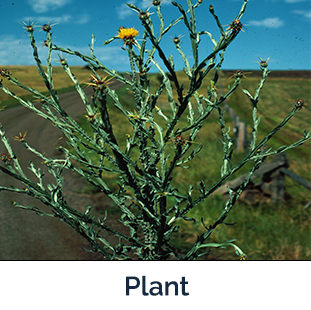

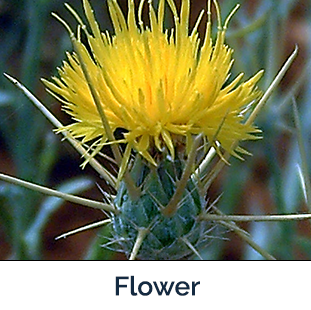


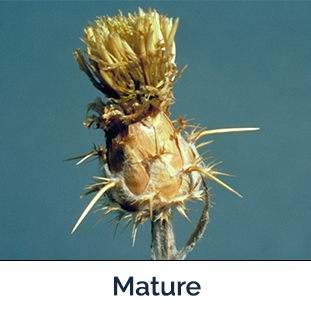
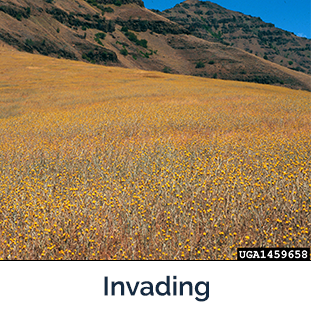
Weed Specifications
| Type | Information |
|---|---|
| Toxicity | Toxic to horses, causing a fatal nervous order called chewing disease with no known treatment |
| Best Management Practices |
Herbicide, repeated mowing after bolting, controlled burning, targeted grazing with goats or sheep before flowers and spines form, biocontrol, pulling or digging on a small scale before flowering; weed free hay, seed, equipment, ATVs, etc.; maintain healthy landscapes, continued prevention *See additional documents below |
| Habitat | Roadsides, rangeland, abandoned cropland, disturbed areas, trails, often occurring on south-facing slopes |
| Root | Very deep taproot |
| Leaves | Dandelion-looking rosette with lobed leaf margins, stem leaves narrower and their bases extend down the stem, giving them a fin or winglike appearance |
| Lifespan | Winter annual, germinating in the fall and maturing the following spring and summer, but sometimes germinates in the spring |
| Similar Looking Plants | Rosettes resemble dandelions, mustards, or other knapweeds |
| Important Information | Only reproduces by seed, with each plant capable of producing tens of thousands of seeds, seeds typically remaining viable for 3-5 years, but sometimes for more than twice that long; spines painful to humans, wildlife, and livestock, reducing recreation opportunities, degrading plant communities, and diminishing productive habitat; yellow starthistle is a Montana success story, thus far being identified and eradicated before it has been able to become established |

